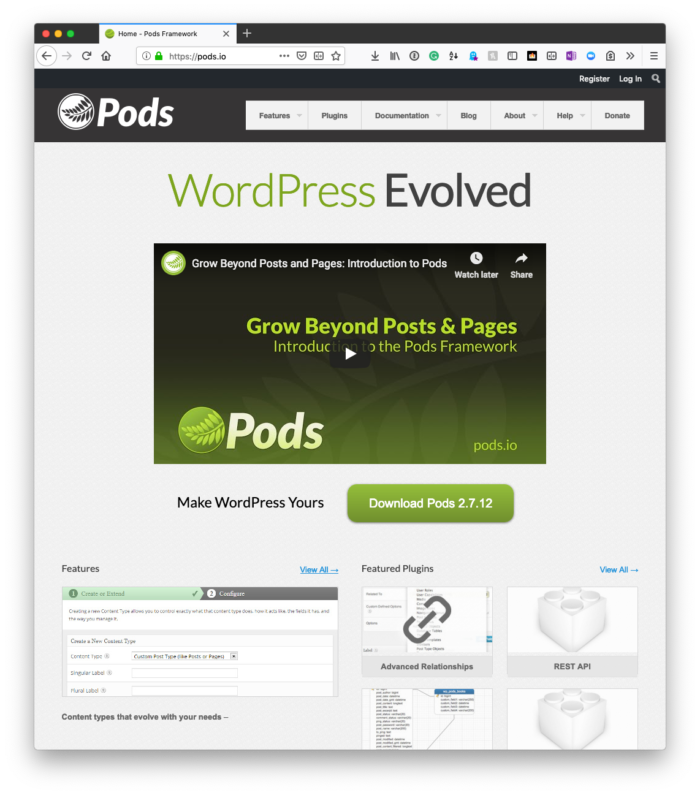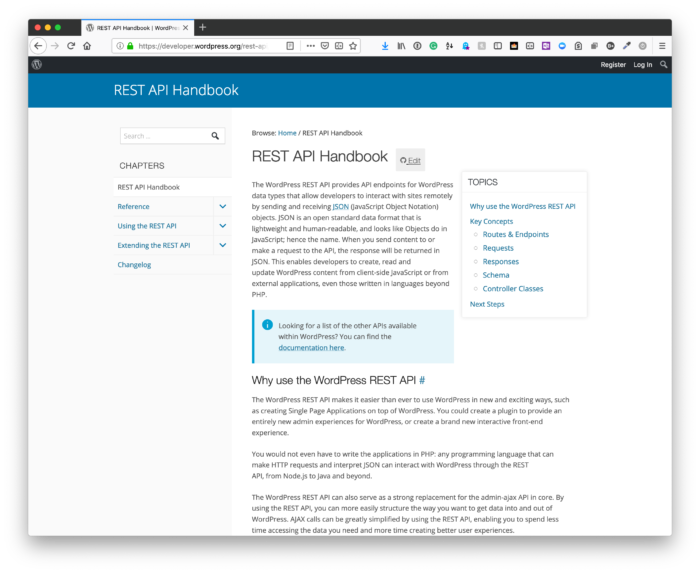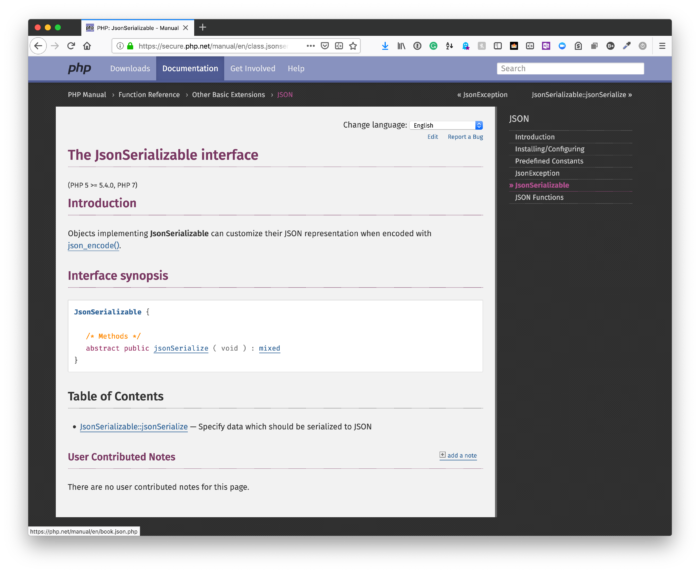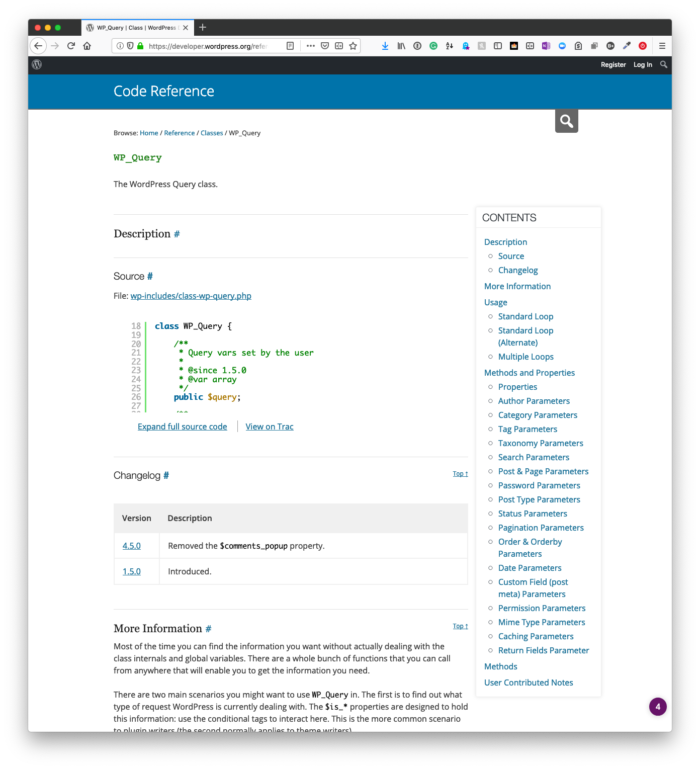As far as refactoring the WordPress Widget Boilerplate is concerned – especially given how far we’ve come since the project started eight years ago – we’ve done a lot of work.
We’ve brought it up to a far more modern standard and we’re making it far easier to work with it such that building future widgets should be easier. And this is not only from the standard of the boilerplate but from an object-oriented standard so that maintenance and code quality is higher.
In the last post, we wrapped up much of the work for the administration area and are ready to begin our work on code for the front-end.
We said:
Next, we’re going to look at rendering content on the front-end. We’re nearing the end, of the refactoring of the Boilerplate but there’s just a bit more to do before we’re ready to merge it into the master branch of the codebase.
So in this post, we’re going to pick up there. Now if you’ve been following along up to this point then you should have everything you need from the develop branch.
If not, be sure to pull it as that’s where we’re going to pick up in the remainder of the post.





